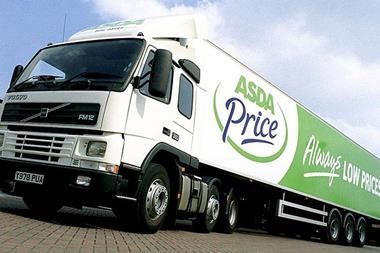Encouraging younger recruits to become lorry drivers is a vital cause that the entire supply chain industry should get behind.
Being a truck driver isn’t necessarily at the top of every young person’s dream job list, but if the industry is going to sidestep a serious and impending driver shortage crisis, it needs to be.
The UK already has a driver shortfall of 60,000 for large goods vehicles, according to logistics industry body the Freight Transport Association (FTA), with 46% of freight providers finding themselves unable to fill driver vacancies or facing long delays in doing so.
While some companies are reacting by increasing wages – 75% of FTA members report pay rates for drivers have increased because of the shortage – many believe the situation is only going to get worse unless more young people can be recruited.
Attracting new recruits
Of the 285,000 large goods vehicle (LGV) drivers in employment in the UK, an FTA member survey showed that only 28% of drivers were under 45.
In fact, the average age of an LGV driver is now 53, according to Comensura. Add to that the Road Haulage Association’s statistic that around 35,000 drivers will retire in the next two years and it’s clear that the industry must work harder to attract people at a younger age into driving as a career.
Given the shortage of drivers will seriously affect both retailers with in-house fleets and those who use third-party logistics (3PLs), not the mention the 3PLs and delivery companies seeking to fill driver positions, it’s a sector-wide problem that must be addressed.
This driver shortage and the lack of young people choosing lorry driving as a career is a subject Retail Week is investigating in more detail in its upcoming Supply Chain supplement, out on November 13.
In it, we ask what can be done by the supply chain sector to overcome the critical shortage of qualified truck drivers, and whether Westminster will sit up and take note of the major threat to the future of the UK haulage industry.



























No comments yet